
|
|
|
|
|
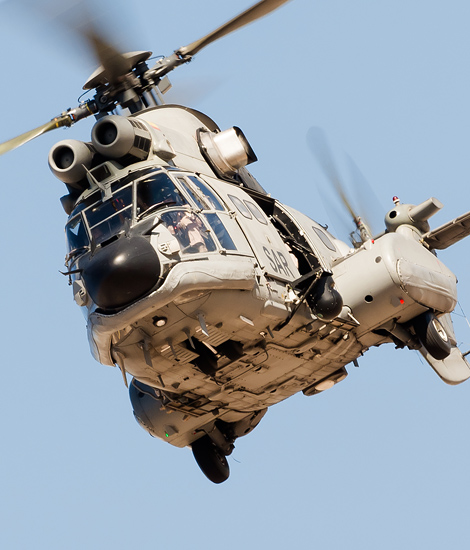
|
The Planning of an TLP Mission; Albacete, October 7 & 8, 2014
Tactical Leadership Program, part 2; Text and Photograph's by Alex van Noye
Preparations for the TLP missions consist of a large logistics operation bringing all participating aircraft, materials and crews to Albacete. The mission preparation for every day’s missions is a process which takes several hours. Even after the opera- tional missions applied tactics and procedures are discussed in detail.
Each participating entity sends generally two and sometimes four crews with two to four operational aircraft to the TLP exercise. Also, the unit sends a maintenance team to the exercise which may consist of 30 people. The units also bring much material like ground service equipment and spare parts to the TLP. It is very important for the students that the aircraft is always available. The flight crews take part in the academic training during the first two days of the TLP. The aircraft should be available from the third day of the exercise. All participating aircraft must be present at Albacete before 1430LT during the second day. The preparation for the TLP mission starts each day around 1000LT. usually; the pilots fly the aircraft themselves to Albacete before the start of the TLP. However, it is also possible that the aircraft are flown by other crews. Participating pilots are often accompanied by a transport aircraft and are later flown to Albacete. Many aircraft will arrive on the Friday before the first week of the TLP. Transporting the aircraft and materials to Albacete is a large logistics operation. All planes are of different types and each unit must bring their own personnel and ground material. Many transport aircraft will arrive at Albacete on Monday and Tuesday during the first week of the TLP. Many aircraft types for these logistics operations are of the type C-130 Hercules, C-160 Transall, CN-235 and C-295 or C-27 Spartan.
The TLP 2014-5 was an exercise with many participants. The TLP was completely fully booked, because all available slots were sold. The French had sent two Mirage 2000Ns to the TLP. The Italians participated with nine EF2000 Eurofighters originating from three different units. Additional, there were two Italian AMX aircraft present at the TLP. The Czechs participated with four L-159 Alca's participating in the close air support role. The Spaniards were the largest participant in the TLP. As many as ten F-18s from Spain participated in the TLP from all units which fly this type. Also six EF2000 Eurofighters flew along in the TLP and three aircraft flew as external assets.
|
|
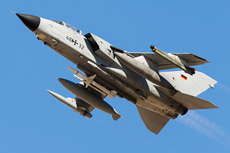
|
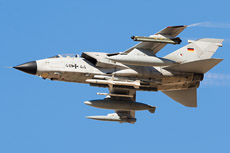
|
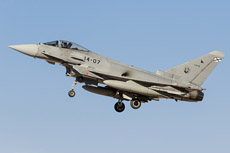
|
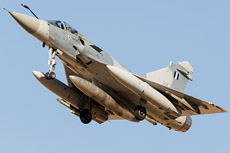
|
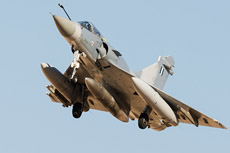
|
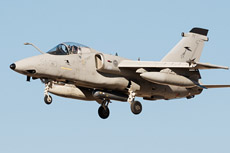
|
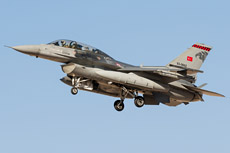
|
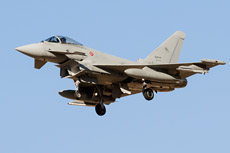
|
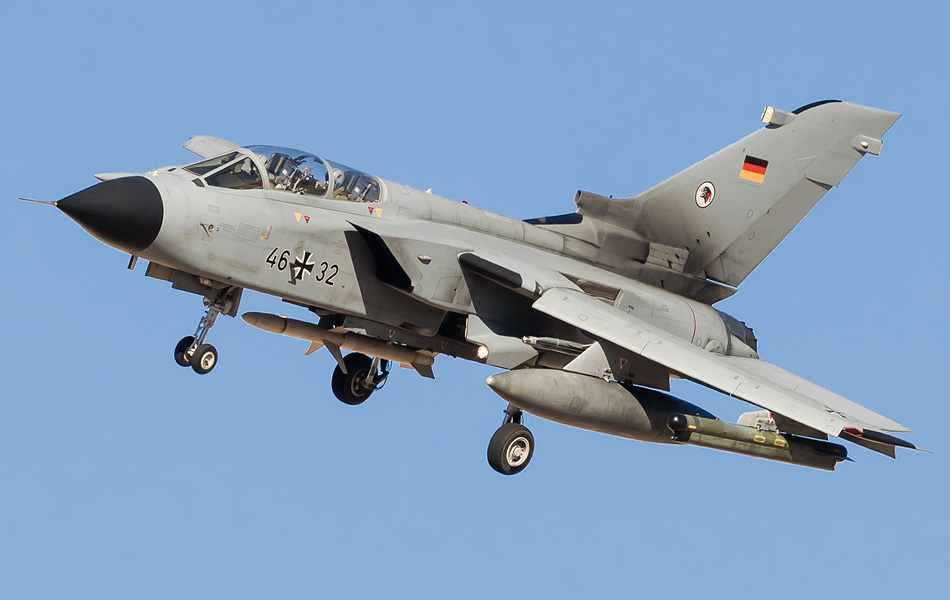
|
There were also two Casa C101s, one AS332 Super Puma and two S-3H Sea-Kings from Spain which participated in the exercise as external assets. The Spanish KC-130 Hercules supported the mission during the inflight refuelling missions. Also a Spanish CN-235 flew along to support the transport tasks during the missions. The Greeks were present with four Mirage 2000s and the Danes were flying along with five F-16s. The German Luftwaffe had five Eurofighters from Nörvenich and four Tornado’s from Schleswig-Jagel present at Albacete. The Germans also participated with an Airbus A310MRTT to support the tanker missions. The Swiss were flying with four F-18s along as external assets during the TLP. The Turkish Air Force participated in the TLP with six F-16s. The RAF took part with two Hawks of the no 100 Squadron in the role of aggressor.
The TLP course has next to four academic days fifteen flying days which are carried out in four weeks. The first TLP mission generally takes place on Wednesday during the first week. The last mission usually takes place on Thursday during the final week of the TLP. The TLP organization ensures the delivery of scenarios for all missions. The organization will provide the information and Intel and will set the goals of the exercises. At Albacete the missions are generally flown later during the day than they were flown at Florennes in the past. At Florennes the TLP was often launched around 1200LT while at Albacete it often happens between 1500LT and 1600LT. The TLP mission starts each day with a weather briefing followed by a mission briefing with the details of the scenario of the day. During the mission briefing the assault units and air defense units are split. The units which attack should be briefed about the targets which they should eliminate. The air defense units are told at the briefing how to protect the attack aircraft and how to fight against the enemy planes. The scenarios which are flown vary largely depending on the day and to the targets which are attacked and in which composition it happens. The planning and briefing of the ground attack units takes more than two hours. During this discussion targets are identified, the prio’s are determined and it is decided which aircraft will attack which targets. Also it is discussed which routes and tactics that will be implemented later. The deployment of ECM and AWACS aircraft play a key role in coordinating the actions.
For the air defense units, the time factor is usually not critical. These units are often assigned to an area where they have to patrol during the mission. When there is enemy activity observed in the area, the AWACS will accompany the combat aircraft to their targets. A typical TLP mission will take approximately 100 minutes. The entire TLP mission can take including take-off and landing more than 80 to 120 minutes. The length of the mission will be determined by the participating aircraft types, as not all aircraft have the same fuel capacity. During the air to air refueling missions the flying range of the aircraft can significantly be extended. In this way there can be trained in areas which are located further away from Albacete. Sometimes these missions can last more than three hours before the participants return to Albacete. Analyzing the mission after the flight is one of the most important lessons to be learned during the TLP course. Participating aircraft carry standard Air Combat Measurement Instrumen- tation (ACMI) pods which measures the flight of the aircraft in 3D. These pods can be used to determine which attacks and maneuvers were successful and which tactics were the most efficient. The debriefing after a TLP mission may take more than an hour. All aspects of the mission are discussed with the participants and there are sometimes heavy discussions about the results. The final briefing will be held with all participants simultaneously at 1900LT. This briefing will take more than an hour and all conclusions and lessons which are learned are reviewed.
|
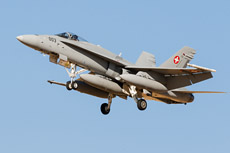
|
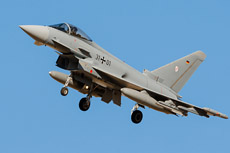
|
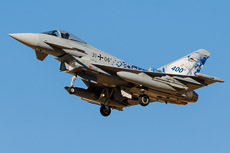
|
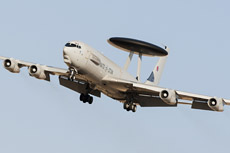
|
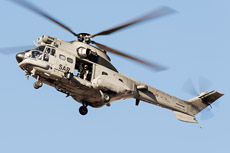
|
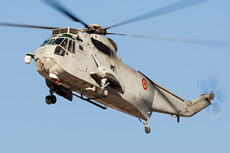
|
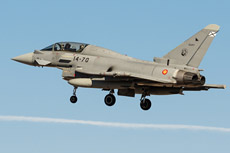
|
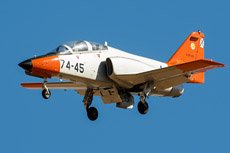
|
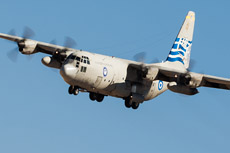
|
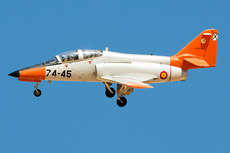
|
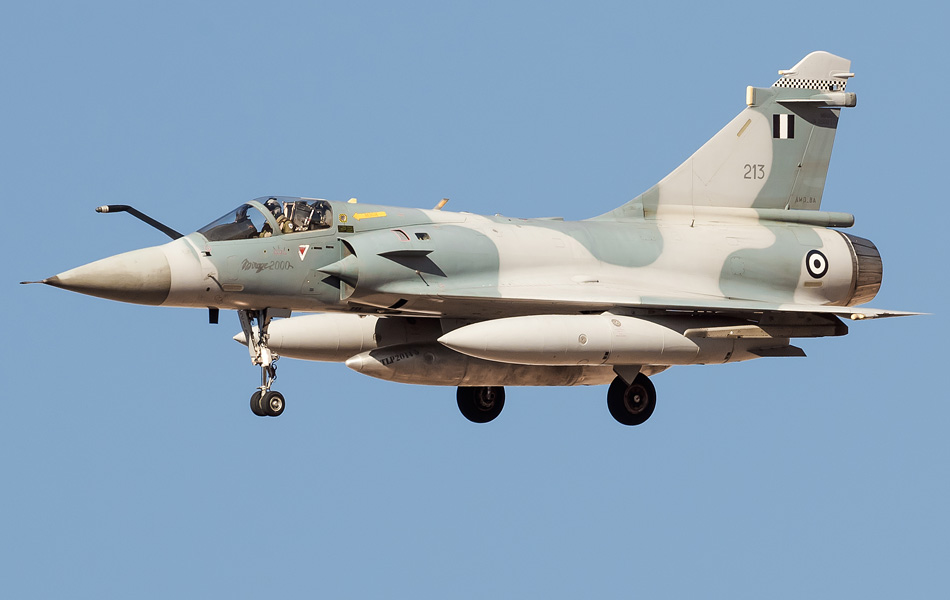
|
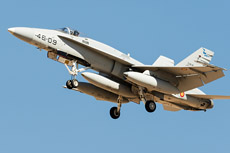
|
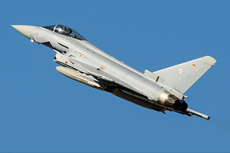
|
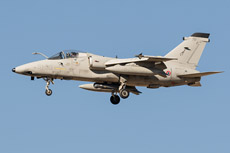
|
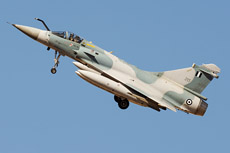
|
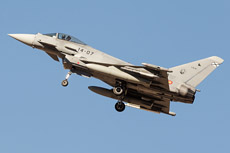
|
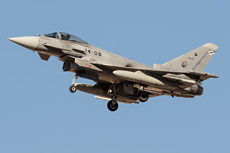
|
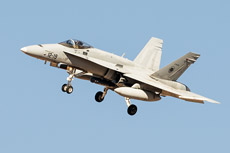
|
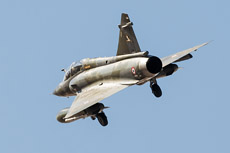
|
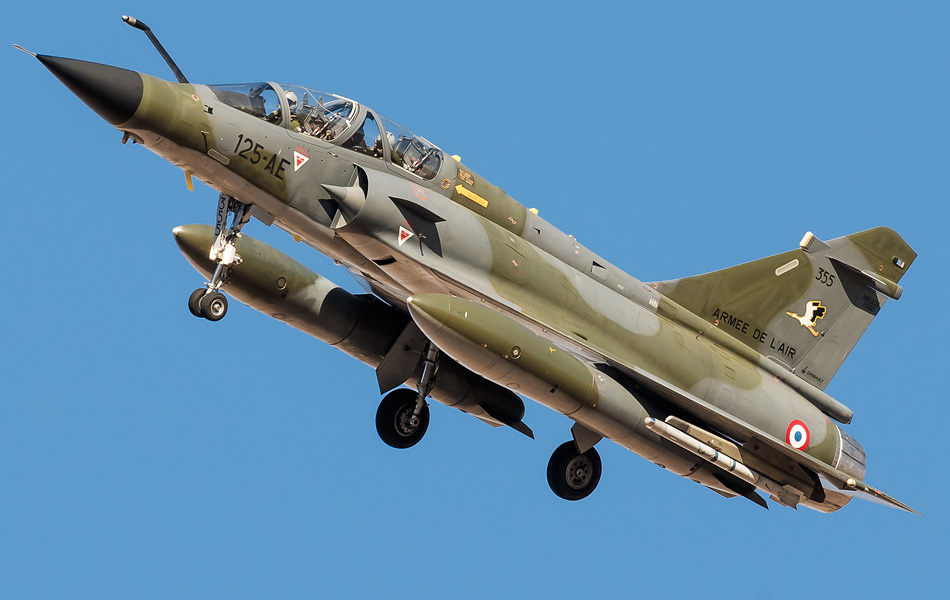
|
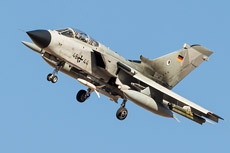
|
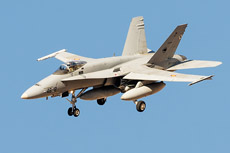
|
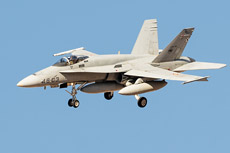
|
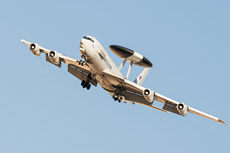
|
|
|

|







